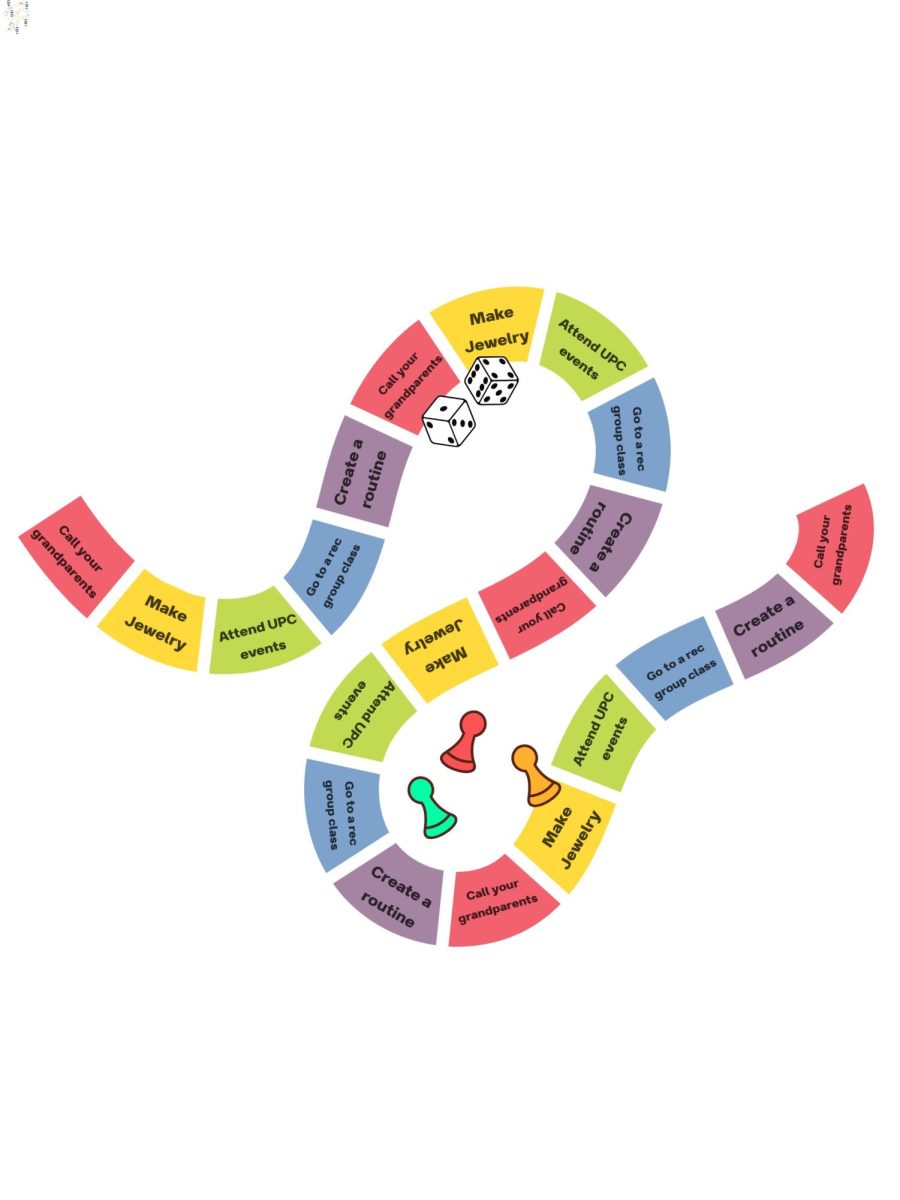Introduction to Stock Splits
Stock splits occur when a company divides its existing shares into multiple new shares, adjusting the stock price while increasing the number of shares outstanding. This action aims to make shares more accessible to investors and enhance liquidity. For more information on stock splits and their effects, visit the site to explore the valuable insights offered by this source. Understanding stock splits involves examining their historical context, impact on shareholders, and future implications for market performance.
Historical Overview of Stock Splits
Stock splits have been a common corporate action for decades. One of the earliest examples dates back to the 1920s when companies like General Electric implemented stock splits to manage stock prices. Historically, stock splits have been associated with periods of rapid company growth. For instance, in the 1980s, tech giants like Apple and Microsoft executed multiple stock splits to reflect their increasing market valuations and maintain a manageable share price. Over time, stock splits have become a standard practice among growing companies seeking to maintain accessible share prices and appeal to retail investors.
Impact of Stock Splits on Shareholders and Market Performance
Stock splits generally do not affect a company’s market capitalization as the value of individual shares decreases in proportion to the number of shares issued. However, they can influence short-term market performance. The perception of a lower stock price can attract more retail investors, potentially driving up the stock price. For example, after Apple’s 2020 split, the stock saw increased trading volume and a positive market response.
Long-term effects of stock splits are more ambiguous. While splits may lead to increased investor interest and higher trading volumes, they do not inherently change the company’s fundamentals or long-term growth prospects. Investor sentiment and market conditions often play a more significant role in determining long-term performance.
Stock Splits and Market Trends
Analyzing historical trends reveals that stock splits often occur during periods of strong company performance and rising stock prices. Companies typically announce splits when their stock price reaches levels that might deter potential investors. The trend towards more frequent stock splits among high-growth technology companies reflects their ongoing expansion and the need to manage share price accessibility.
Stock splits have been compared to other corporate actions like stock buybacks, which involve repurchasing company shares to reduce the number of shares outstanding and increase the stock price. While both actions aim to influence stock price and investor perception, stock splits do so by adjusting the number of shares rather than altering the total value of the company.
Regulatory and Financial Considerations
Regulatory frameworks governing stock splits vary by jurisdiction but generally involve requirements for proper disclosure and reporting. In the United States, the Securities and Exchange Commission (SEC) mandates that companies disclose the details of a stock split, including the split ratio and the new share price. Financially, companies must adjust their accounting records and shareholder equity to reflect the split. Tax implications for investors are minimal as stock splits do not trigger taxable events; however, investors need to adjust their cost basis per share accordingly.
Future Predictions for Stock Splits
The future of stock splits may be influenced by evolving market trends and technological advancements. Companies might continue to use stock splits to manage share prices, especially as tech giants and high-growth firms seek to remain attractive to retail investors. Additionally, the rise of fractional share trading could impact the traditional stock split approach, as investors can buy partial shares without the need for price adjustments.
Experts predict that while stock splits will remain a tool for companies to adjust share prices, their impact may diminish as market structures evolve. Increased access to fractional shares and innovative trading platforms could reduce the need for companies to split their stocks to manage affordability.
Alternative Strategies: Stock Splits vs. Other Corporate Actions
Stock splits are just one of several strategies companies use to manage their stock price and appeal to investors. Dividend payments and share buybacks are alternative methods that companies employ. Dividends provide regular income to shareholders, potentially enhancing investor loyalty, while share buybacks reduce the number of shares outstanding, increasing the value of remaining shares. Each strategy serves different purposes and can be used in conjunction with stock splits to achieve broader corporate goals.
Conclusion
Stock splits have a rich history and continue to play a role in corporate financial strategies. They reflect a company’s growth and efforts to maintain a manageable share price, while also influencing market perceptions and trading volumes. As market conditions and technologies evolve, the future of stock splits may adapt, but their fundamental role in corporate finance is likely to persist.

















































































































